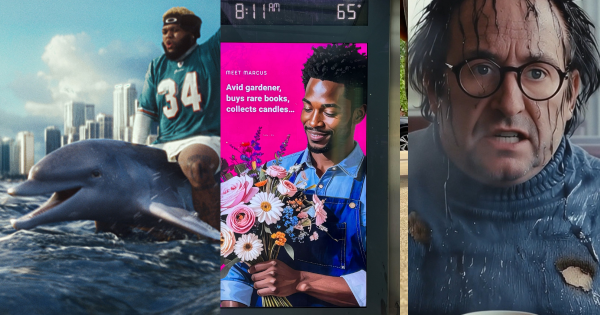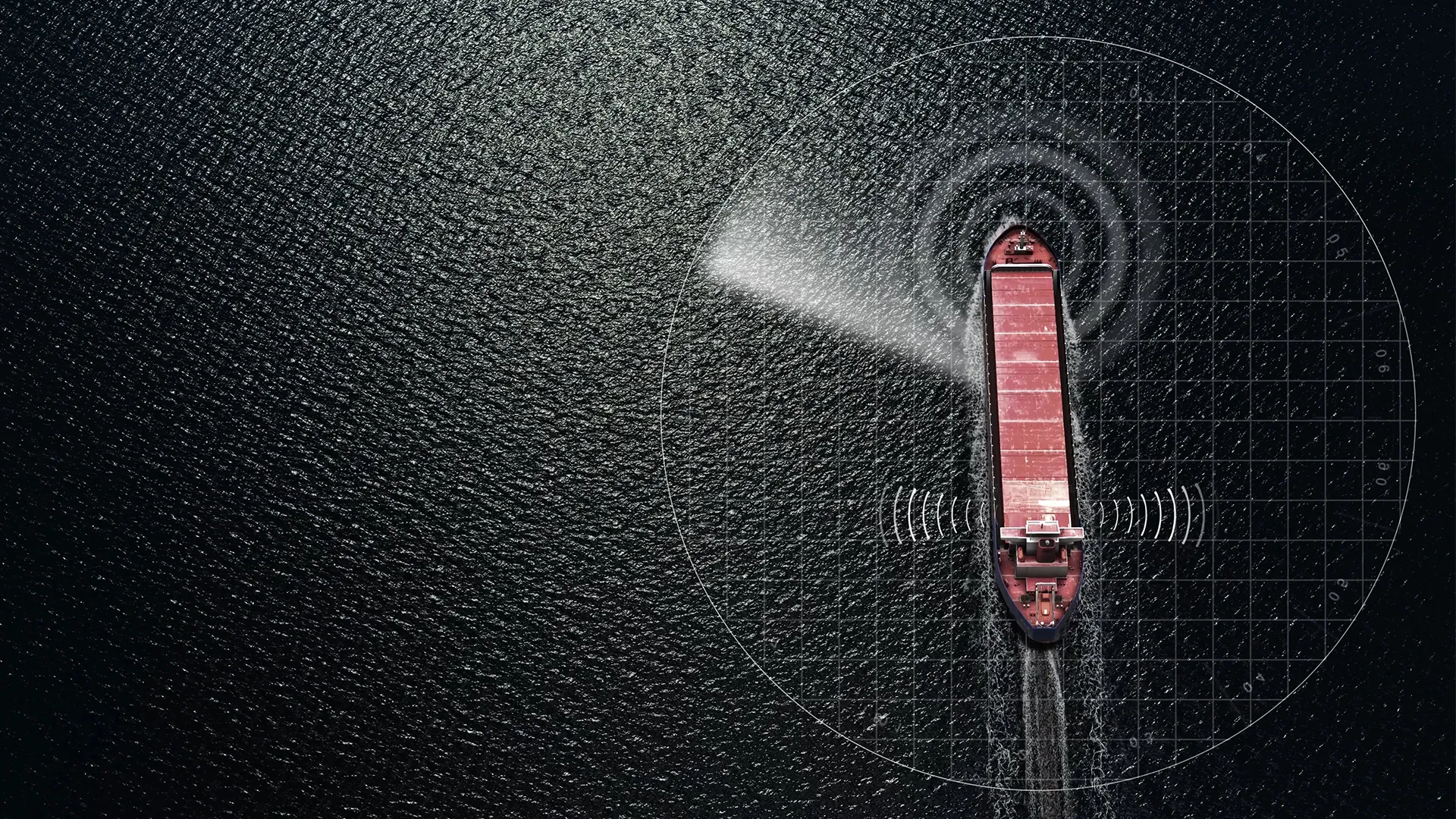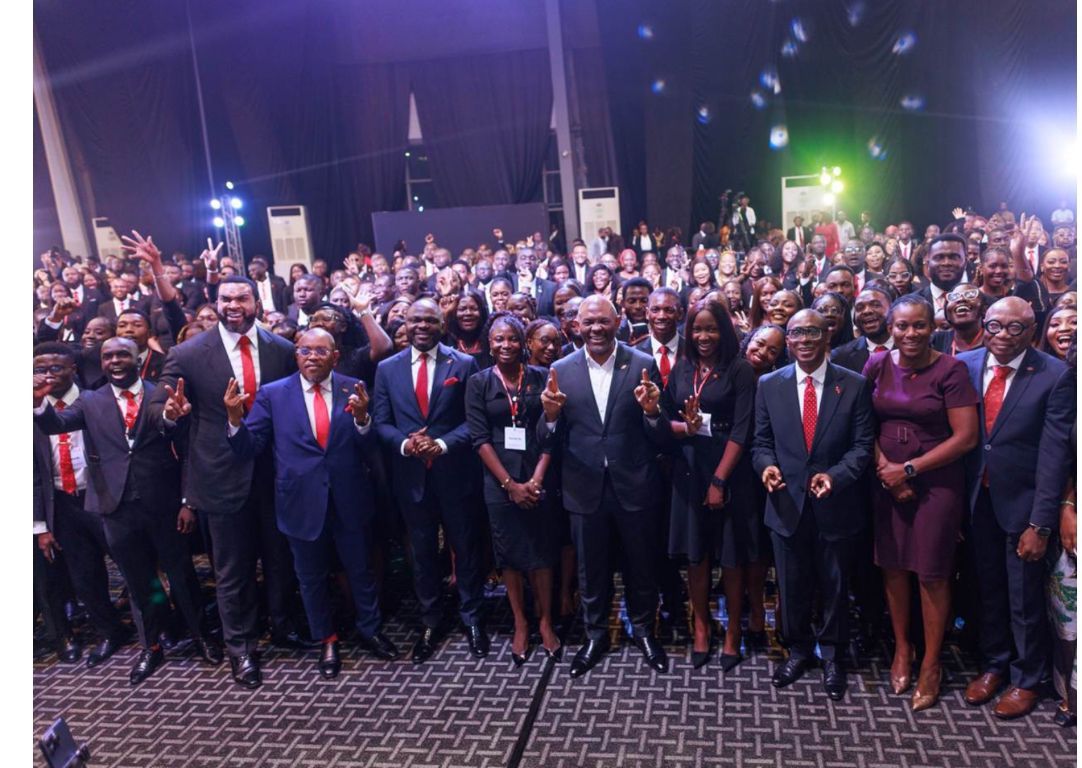Copyright Adweek

Since the introduction of ChatGPT three years ago, generative AI has exploded and transformed how creative teams conceptualize, build, and scale campaigns. But when the hype dies down, a dilemma remains: How do you use AI without losing the craft, emotion, and intuition that define great advertising? ADWEEK spoke with three creative leaders from 72andSunny, Fiverr, and Manual Labor Studio who have recently put AI to work in ads. Their guiding principles reveal a common thread: creativity starts—and ends—with humans. 1. Don’t make the AI obvious The campaign: NFL | “You Better Believe” by 72andSunny Zach Hilder, chief creative officer, 72andSunny Los Angeles: AI is an incredible tool to ideate, explore, and scale creativity at speed. However, I’ve found that people don’t want to see or even feel it in the work. On a subconscious level, AI-rendered visuals don’t pass the eye test just yet (although they’re getting better), which gets in the way of the audience connecting with whatever you’ve made. This, by the way, is a good thing, because it means we haven’t become too desensitized to AI. Our discernment might be AI’s biggest obstacle. We need to be open to what will be the most creatively interesting and, at times, feasible path. AI can do a lot of things both in the development and production process, so it would be foolish to put a box around it. But at this stage, it’s likely that audiences will reject work that they can see or feel the AI in. Maybe creatives should take that as a challenge when using AI: Use it, but make sure your creativity is shining through. 2. But if it is obvious, be honest about it The campaign: Cognitiv | “Meet Edna” by Manual Labor Studio Sam Choi, chief creative officer, Manual Labor Studio: For “Meet Edna,” we used Adobe Firefly to experiment with ‘what-if’ scenarios to push our limits. This was the driving force across all the creative. A photo initially inspired “Edna.” We originally used photorealistic images, but they fell flat and lacked depth or personality. We wanted to add more texture to it, so it evolved into painterly portraits that nodded to Norman Rockwell. We wanted to make it very obvious that we used AI. Audiences are getting more accepting of AI, as long as you’re honest with them. Audiences are smart; tell them what you’re doing. Our work always has to start and end with a human. AI allows us to facilitate ideas and concepts, but it has to come with the discovery and strategy that starts with our team. 3. Find the right partners and 4. Consider the platform The campaign: Fiverr | “Prompt and Punishment” (made in-house) Nir Refuah, creative director, Fiverr: For “Prompt and Punishment,” our in-house creative team partnered with freelance AI directors to generate a product that, under old methods, would be up to 10 times the cost to produce. It’s a lesson that empowers smaller, nimble teams and challenges the old playbook of big agency production timelines and budgets, while producing the same quality of work. But AI campaigns are only as powerful as the creative minds behind them. At the end of the day, the real competitive edge isn’t the technology, it’s the human talent delivering compelling campaigns. As more talented AI filmmakers are discovered, there are two main creative rules: First, find the right partners to run the production with. AI filmmaking requires a smaller team, but the caliber of talent becomes even more crucial. Second, write a script that considers the capabilities of AI platforms. AI needs many improvements in order to be able to make many genres of compelling storytelling. The AI experts that stand out today are the ones who cleverly “hack” the best cinematic usage in platforms like Veo and Sora.



